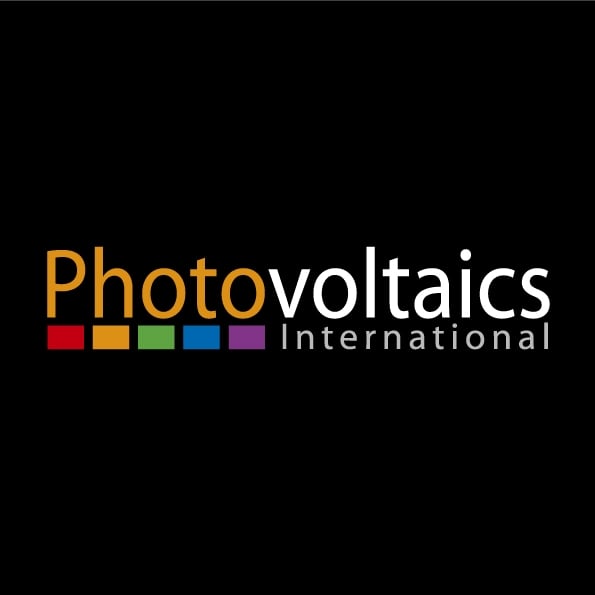By Fuhe Li, Director of Advanced Materials and Thin Films, Air Liquide–Balazs NanoAnalysis; Scott Anderson, Director of Laboratory Operations, Air Liquide–Balazs NanoAnalysis
Chemical stoichiometry along with depth profiling and metallic contamination is of considerable interest for photovoltaic thin films. Conversion efficiency can be affected for example if primary components, e.g. Cd and Te, are not present at proper ratios. Moreover, amorphous silicon can vary substantially between sources and deposition technique, and qualitative comparison of trace metallic contaminants may not be sufficient to ensure final thin-film quality. This discussion presents data from atomic emission and mass spectrometry techniques that quantitatively and accurately describe both bulk and trace elemental compositions in photovoltaic materials, various thin-film matrices, and the final thin-film cell and module.



